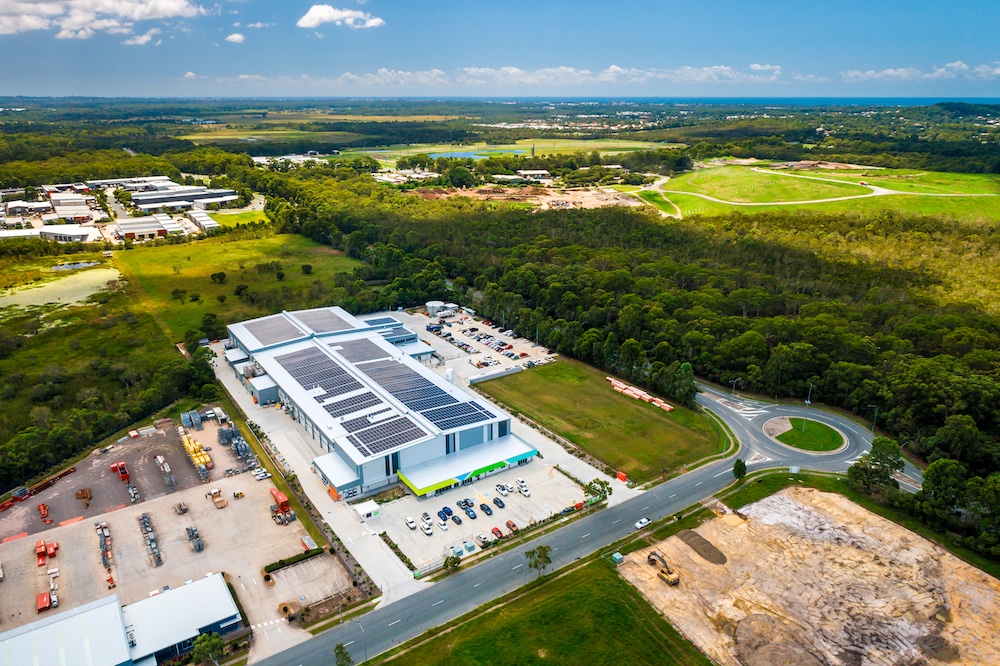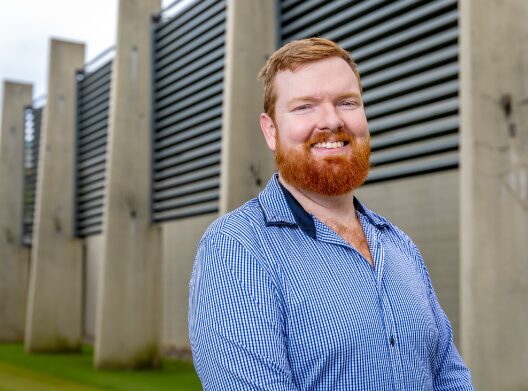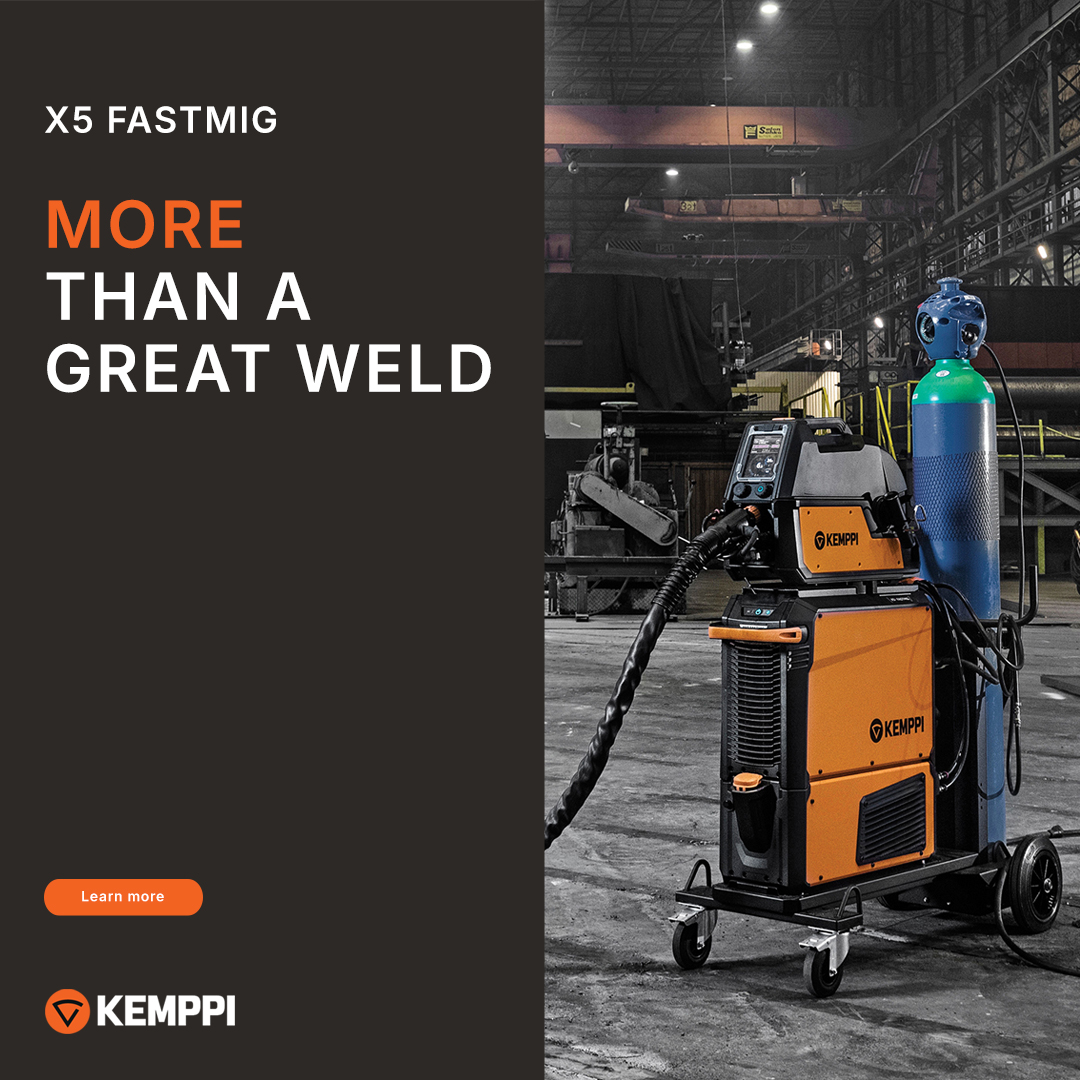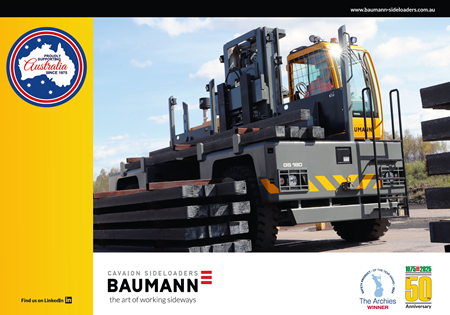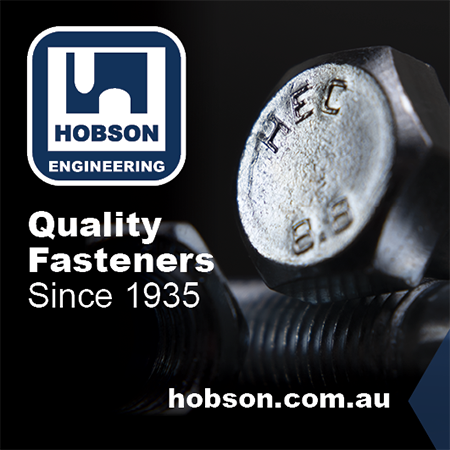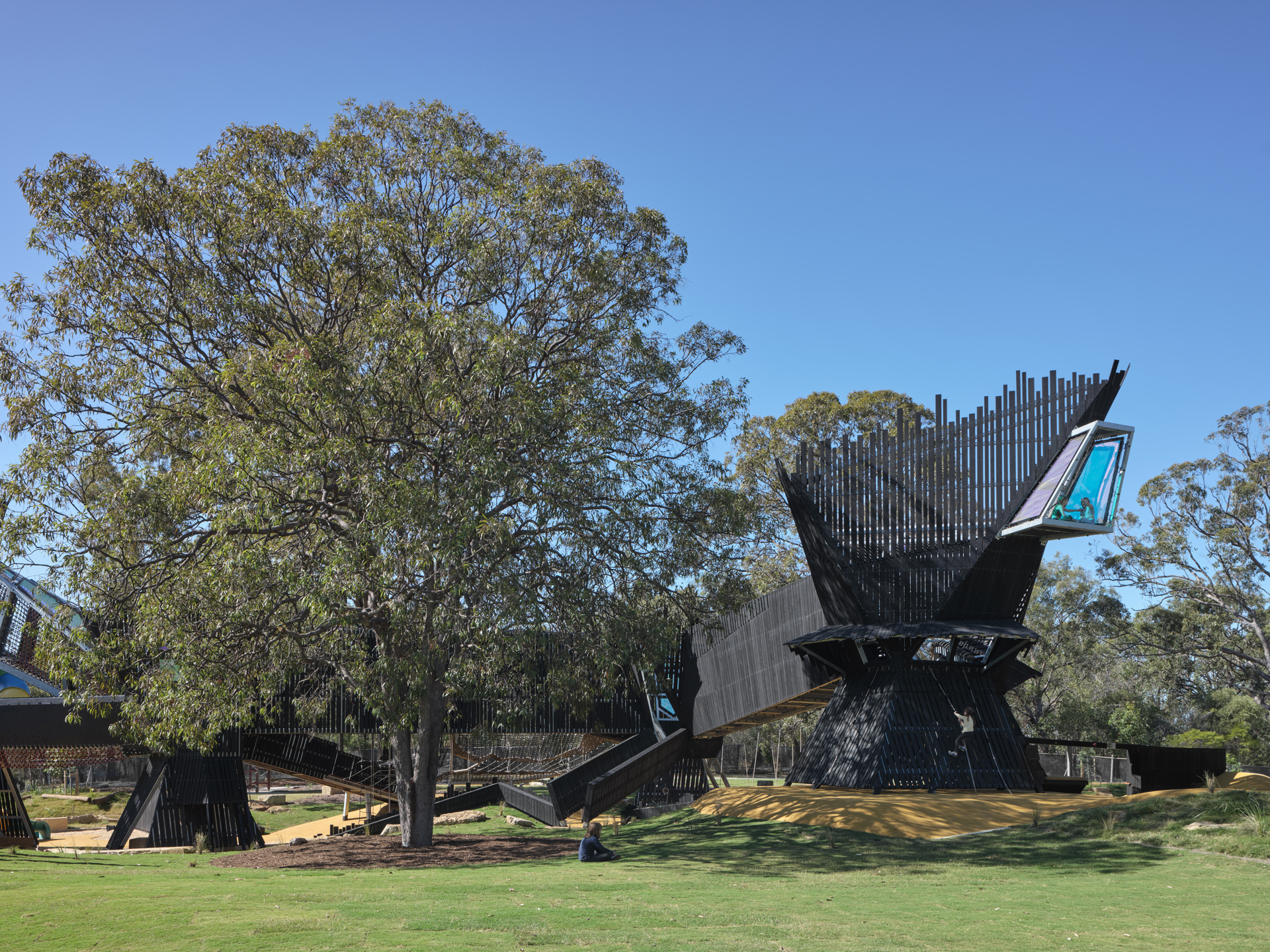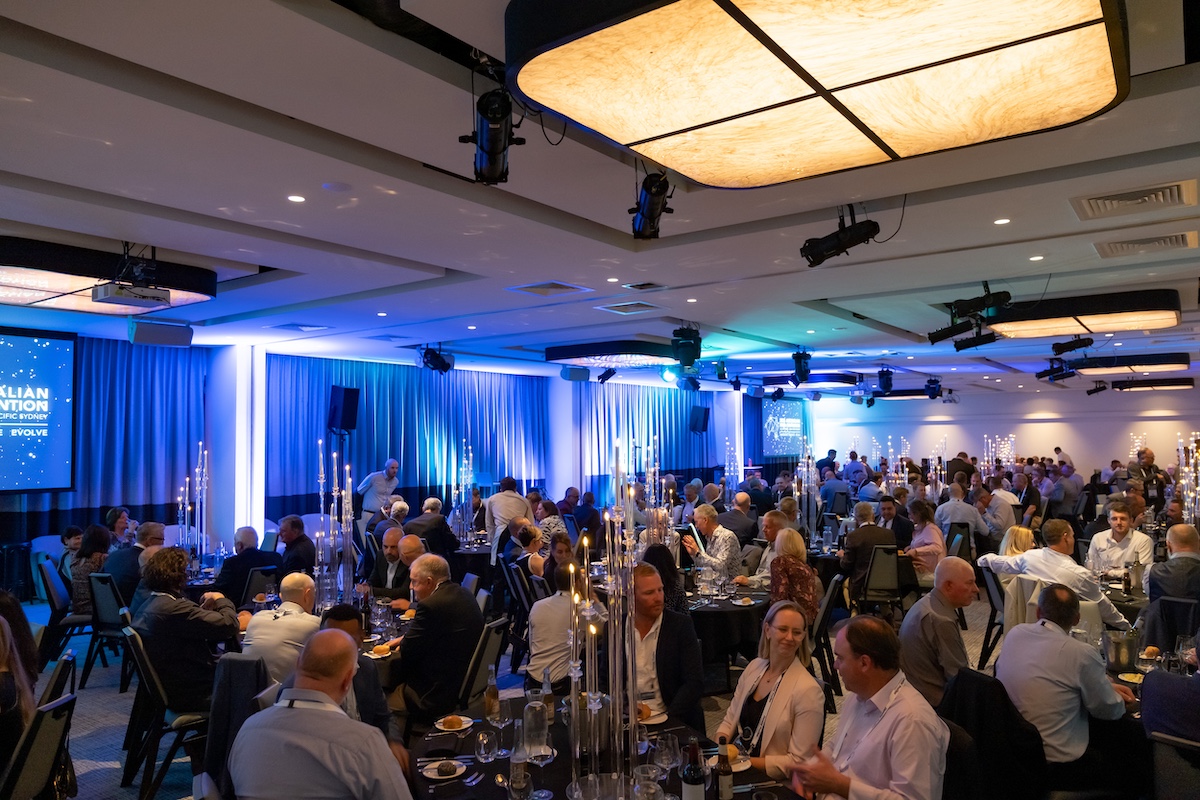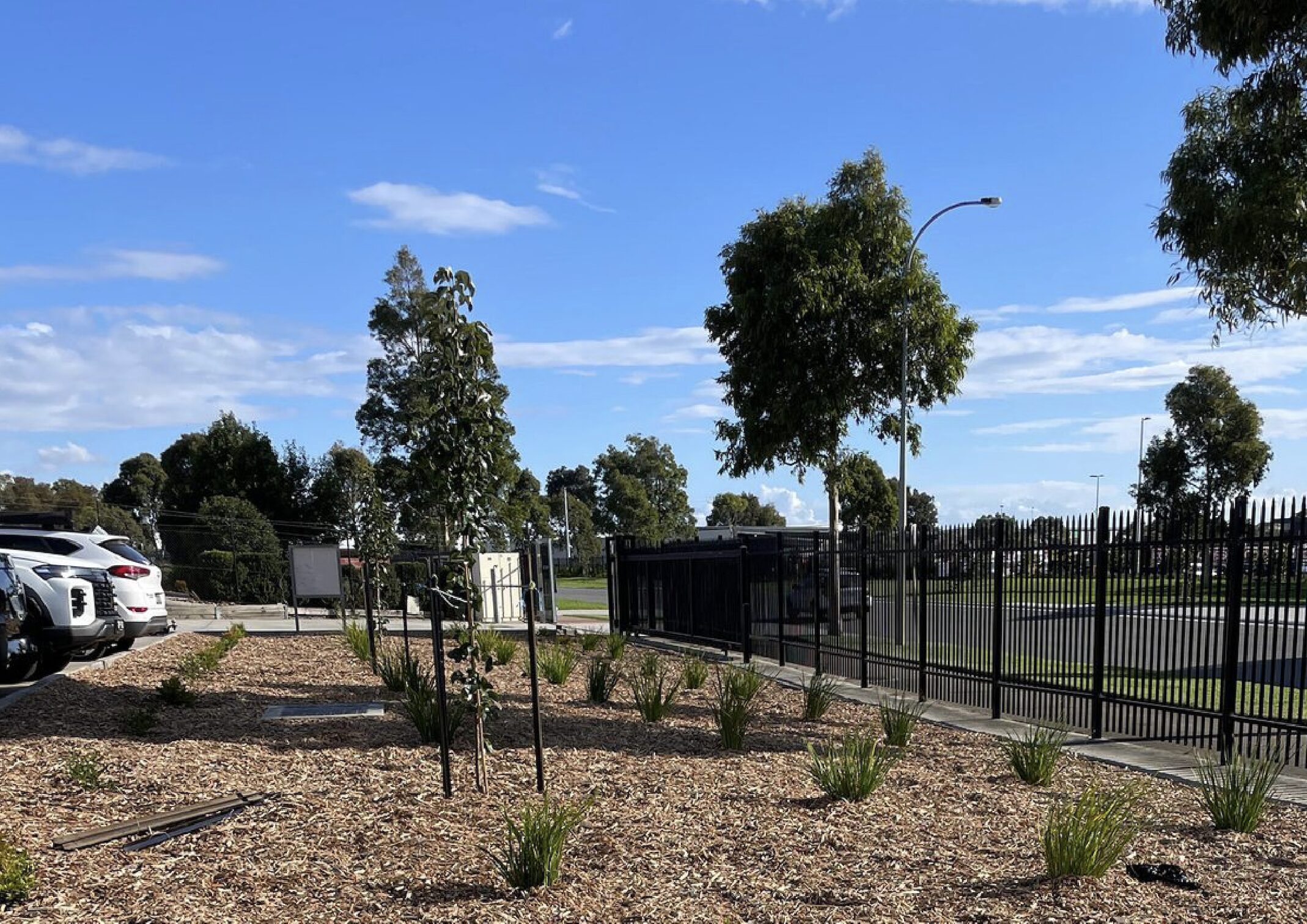Spaceframe Buildings’ chief design engineer Justin Mendiolea has won the Australian Steel Institute’s Leadership in Steel Sustainability Innovation award for turning pragmatic engineering into systemic carbon wins.
Backed by over 10 years of consulting experience, Justin has delivered structural and civil engineering solutions across a broad range of sectors (including commercial, industrial, education, local government, and residential aged care) throughout Queensland and abroad in the United Kingdom.
In his role as chief design engineer and design manager at Spaceframe Buildings, Justin has been guiding the structural and design teams since 2021, driving excellence across a diverse project portfolio. He brings both technical expertise and local knowledge to every project. A strong advocate for sustainable design, he is a key player in Spaceframe’s sustainability efforts, working on numerous Green Star Accredited projects.
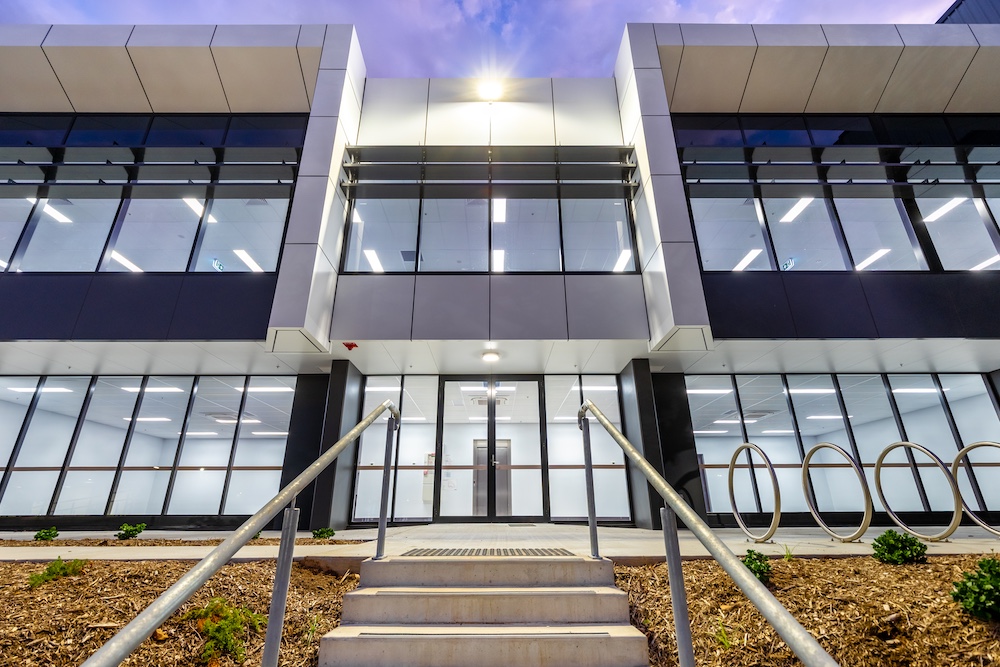
From concept to shop floor, with carbon in view
Justin’s approach starts early, when the biggest carbon and cost decisions are still malleable. He and the Spaceframe team model tonnage and embodied carbon at concept stage, then challenge the brief and run option studies across framing typologies, bay spacings and support layouts. That means portal frames and connections are tuned not just for performance but for less steel, fewer welds and easier erection.
On recent projects, including L’Oréal, Peterkin Street and Value-Add Kilcoy, this method delivered leaner frames and smarter details. Fabrication know-how flows straight back into design to minimise weld lengths and difficulty, while detailing aligns with stock and delivery lengths to reduce offcuts. Design choices such as non-typical lapped purlins, unpropped Condeck (avoiding propping-heavy concrete solutions) and steel-fibre reinforced slabs and footings cut embodied carbon further and speed construction.
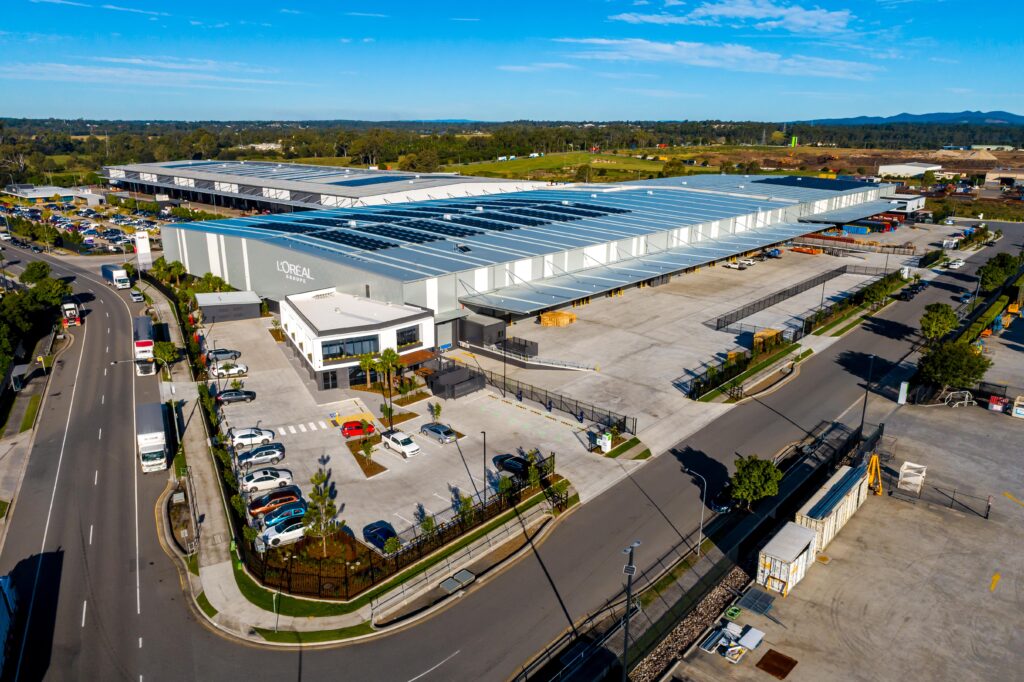
Governance you can build on
Because Spaceframe controls design and fabrication, traceability is practical, not theoretical. Justin standardises member sizes and connection families, and ties detailing to stock lengths so the shop team can fabricate with fewer variations and less waste—an engineering choice with real supply-chain echoes. All three showcase projects were designed to accommodate rooftop solar and capture roof water for reuse, and the steelwork was fabricated in Australia at Sencova Steel Fabricators, reinforcing local provenance.
Lifting industry baselines
Justin’s remit reaches beyond structural steel. He certifies civil components, serves as Green Star Accredited Professional on industrial builds targeting 5- and 6-Star ratings, and sits on the ASI’s Queensland committee, sharing methods, mentoring students from the University of Queensland, and pushing for better, earlier carbon decision-making across the sector. He’s also deepening the academic side, undertaking a Master’s in Sustainability and Environmental Management focused on climate and embodied carbon.
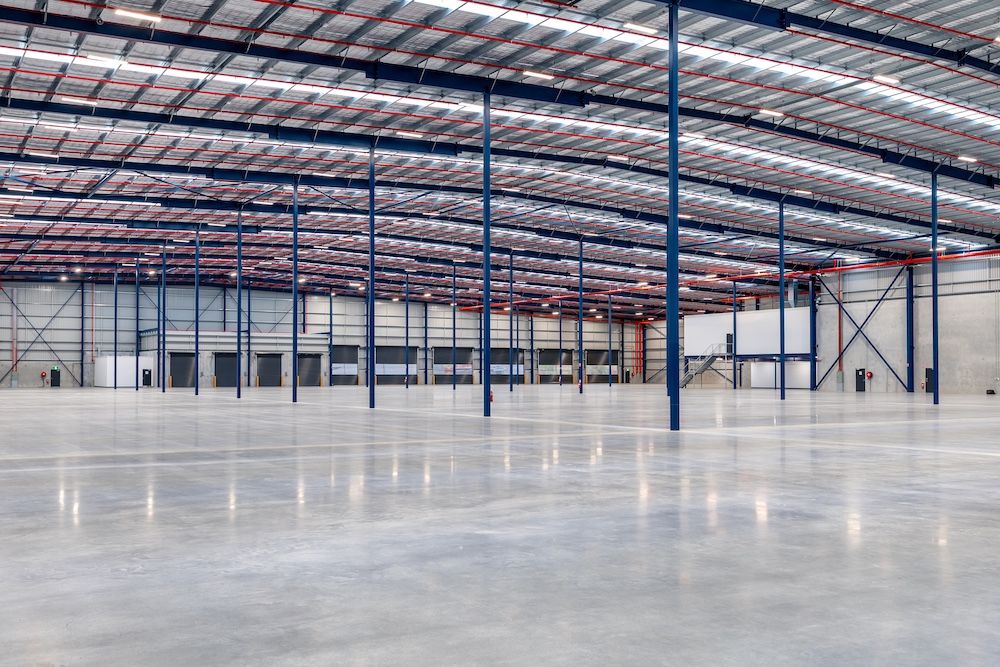
Why the judges took notice
What distinguishes Justin is not a single hero metric, but a repeatable system: measure early, iterate relentlessly, design for fabrication, and treat sustainability as a constraint, not a wish list. Justin Mendiolea is showing how a disciplined, whole-of-business design process can shrink embodied carbon without sacrificing program or performance, and how leadership in steel sustainability is as much about governance and repeatability as it is about innovative details.
